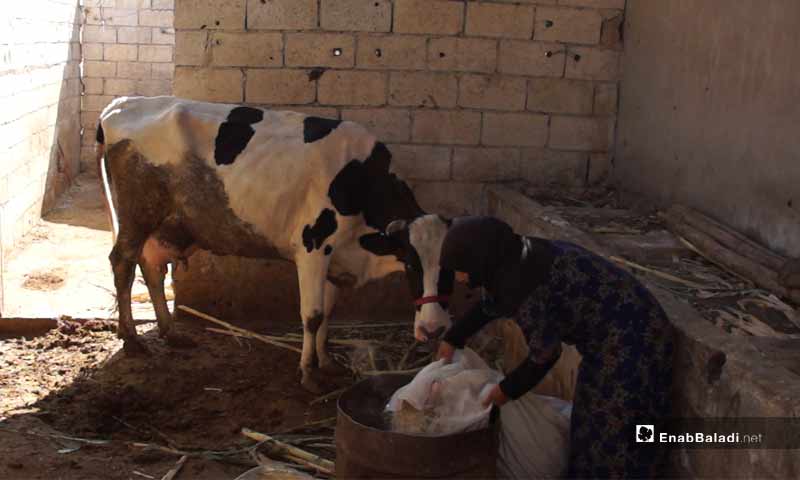
Campaign: Livestock Distributed to Poor Families in Northern Syria

The Turkish relief committee (IHH) has launched a relief project in the rural parts of Hama, Aleppo and Lattakia, based on the distribution of livestock to the “most vulnerable” families in these areas.
The project, currently sponsored by the committee in cooperation with the local councils in Northern Syria under the name “Livelihoods,” is based on the distribution of cows and sheep on the families who lost their principal breadwinners, families of martyrs, of low or no income, and the families, where the father has a physical disability.
Audai Staouf, the media official at the “IHH’s” Media Office in Bab al-Hawa, told Enab Baladi that about 50 families in the al-Ghab Plain have benefited from the project, which provides them with a stable source of income, pointing out that the project’s duration is a whole year, during which the Turkish organization will supply beneficiaries with fodder and veterinary medical care.
The project is planned to be implemented in several stages in the rural areas of Aleppo, Hama and the coast, during which cows, sheep and feed will be distributed to the beneficiary families.
Audai Satouf says: “The aid portions offered to Northern Syria’s people and internally displaced persons has severely decreased, in addition to suspending the activities of a number of organizations that are concerned with humanitarian relief affairs.”
Um Ahmad, one of the “Livelihoods” Project’s beneficiaries, says that her situation deteriorated after the death of her only breadwinner in the area of Jabal al-Akrad, rural Lattakia, pointing to Enab Baladi that she became the sole breadwinner for a family of five children, as she was forced to sell three cows that she owned due to the conditions that corresponded to displacement and life’s increasing expenses.
She added that the livestock she received from the organization have become her source of income, through selling the milk, especially that the organization will provide feed and veterinary care for a year.
Great Loss in Livestock Breeding
Maher al-Hamoud, head of the local council of the village of al-Ankawi in al-Ghab Plain, said that five families in the village benefited from the “Livelihoods” project, pointing out to Enab Baladi that the village atmosphere is very suitable for raising cows and sheep, for the majority of its population depend on livestock breeding as a source of income.
He added that the village was shelled by the Syrian regime, which led to the displacement of most of its population and the decline of livestock breeding, but the relative stability that currently prevails has increased the need for activating this sector, despite the obstacles facing the people, the most important of which is the high prices of livestock and feed. A single cow is sold for 700 thousand Syrian Pounds (approximately 1700 US dollars).
Al-Ankawi village used to have more than 300 cows before 2011, but now the heads it possesses does not exceed 20, according to Al-Hamoud. He added that the number of sheep heads exceeded 5,000 head before 2011, while today there are no more than not 500 heads.
Al-Ghab Plain is known for being an agricultural area and an environment suitable for livestock breeding. By 2011, the area had more than ten thousand head of cattle and more than 100 thousand sheep, but now the number fell by more than 70%, according to the local councils’ figures there.
if you think the article contain wrong information or you have additional details Send Correction
النسخة العربية من المقال
-
Follow us :

















 A
A
A
A
A
A



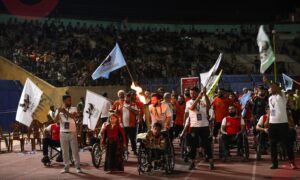
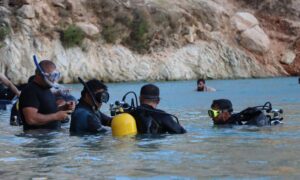
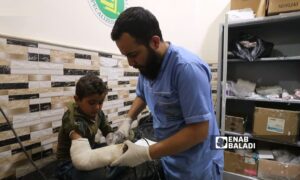
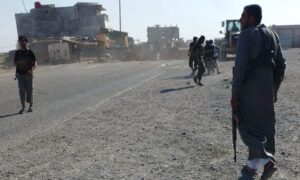
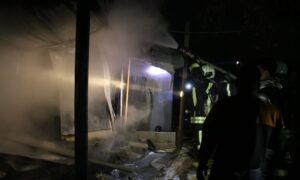
 More LC & CSO
More LC & CSO